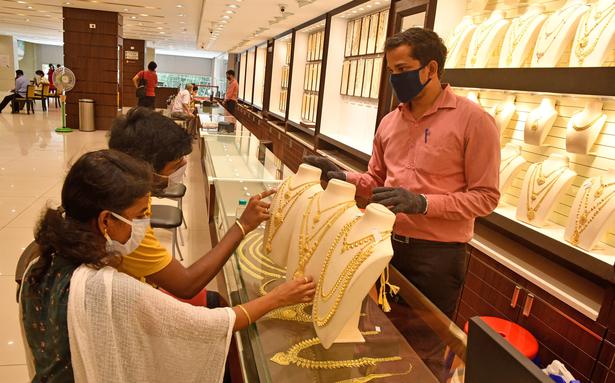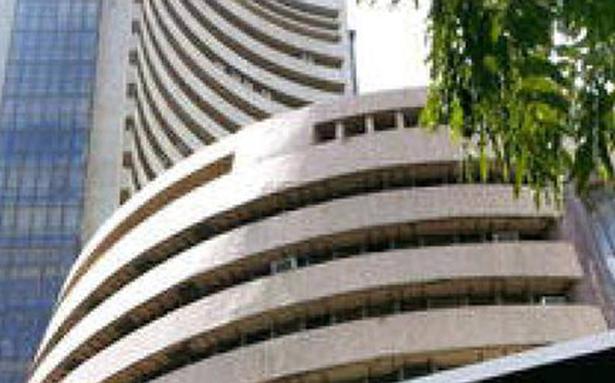Škoda Auto Volkswagen claims its road safety initiative at the Karla Phata junction of the old Mumbai-Pune highway has reduced deaths by 54%.
Škoda Auto Volkswagen claims its road safety initiative at the Karla Phata junction of the old Mumbai-Pune highway has reduced deaths by 54%.
Škoda Auto Volkswagen India Private Ltd (SAVWIPL) said one of its road safety initiatives on the old Mumbai-Pune highway has reduced the number of fatalities by 54% since 2018.
The car company had taken over the Karla Phata intersection as part of our larger road safety initiative called Vision Zero.
It had worked with the SaveLIFE Foundation and the Maharashtra State Road Development Corporation to conduct Tactical Urbanism Trials at Karla Phata to test a safer redesigned version of the crossing.
The aim was to improve safety for pedestrians, cyclists and other road users.
“The intersection had broken footpaths in poor condition, no waiting area for pedestrians and since the highway intersection is used by villagers, the conflict situation was high,” said Sarma Chillara, Chief Human Resource Officer, Škoda Auto Volkswagen India.
“In 2018, the Mumbai-Pune section of the NH48 suffered 268 fatalities. Skoda Auto Volkswagen India teamed up with SaveLIFE Foundation, MSRDC and Maharashtra Highway Police to transform this deadly route into a Zero Fatality Corridor (ZFC),” he said.
“This has resulted in a 54% drop in deaths since 2018,” he added.
Using an evidence-based approach, the project team identified various high fatality/blackspot zones on the Old Mumbai Pune Highway. The two deadliest danger spots were the Karla Phata and Kanhe Phata intersections. These intersections will be treated with Tactical Urbanism (TU) trials, the company said.
TU is an on-site test of city infrastructure, road design and other public facilities that improve traffic safety and walking ability. It is an internationally proven technique that helps test soft interventions (with barricades, paints and cones).
“The process involves cost-effective, temporary changes and improvements to the existing infrastructure and urban design of a stretch of road or intersection to make it a safe zone for vulnerable road users such as pedestrians, cyclists and other non-motorized road users. ‘ said Mr Chillara.
“These are tried out on site for a certain period of time, during which the response from the public is documented. If the trial achieves its goal, implementation by the relevant authorities can make it permanent,” he added.
The advantage of TU is that it allows for cheap and fast testing of ideas in real time. It also helps collect data on the successes and failures that can evaluate the effectiveness of the proposed infrastructure changes.
“These interventions are a cost-effective way to prevent traffic accidents in high-risk areas, also known as ‘black spots,'” he added.
According to the company, the project has had a tangible impact.
Reduced pedestrian exposure distance on the road by 35% and reduced pedestrian exposure time by 40%. The larger public area and designated islands of refuge along intersections have reduced pedestrian-vehicle conflicts by 32%. The public sector has increased by 231%.
“Road geometry correction and lane width reduction has resulted in a 24% speed reduction from Mumbai to Pune and a 35% reduction from Mumbai to Ekvira Devi Road,” he said
The average vehicle speed was reduced by 44% for the Mumbai-Karla approach, 14% for the Kamshet-Mumbai approach and 34% for the Mumbai-Kamshet approach, he added.
The changed turning radius towards Ekvira Devi Road from Mumbai has reduced the speed by 43%, he said.




